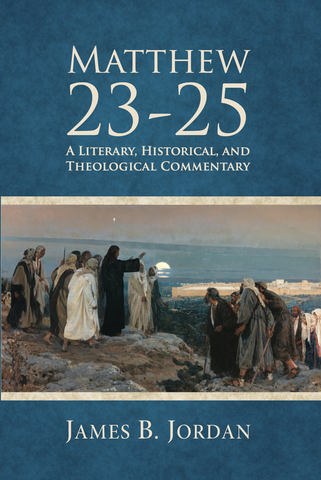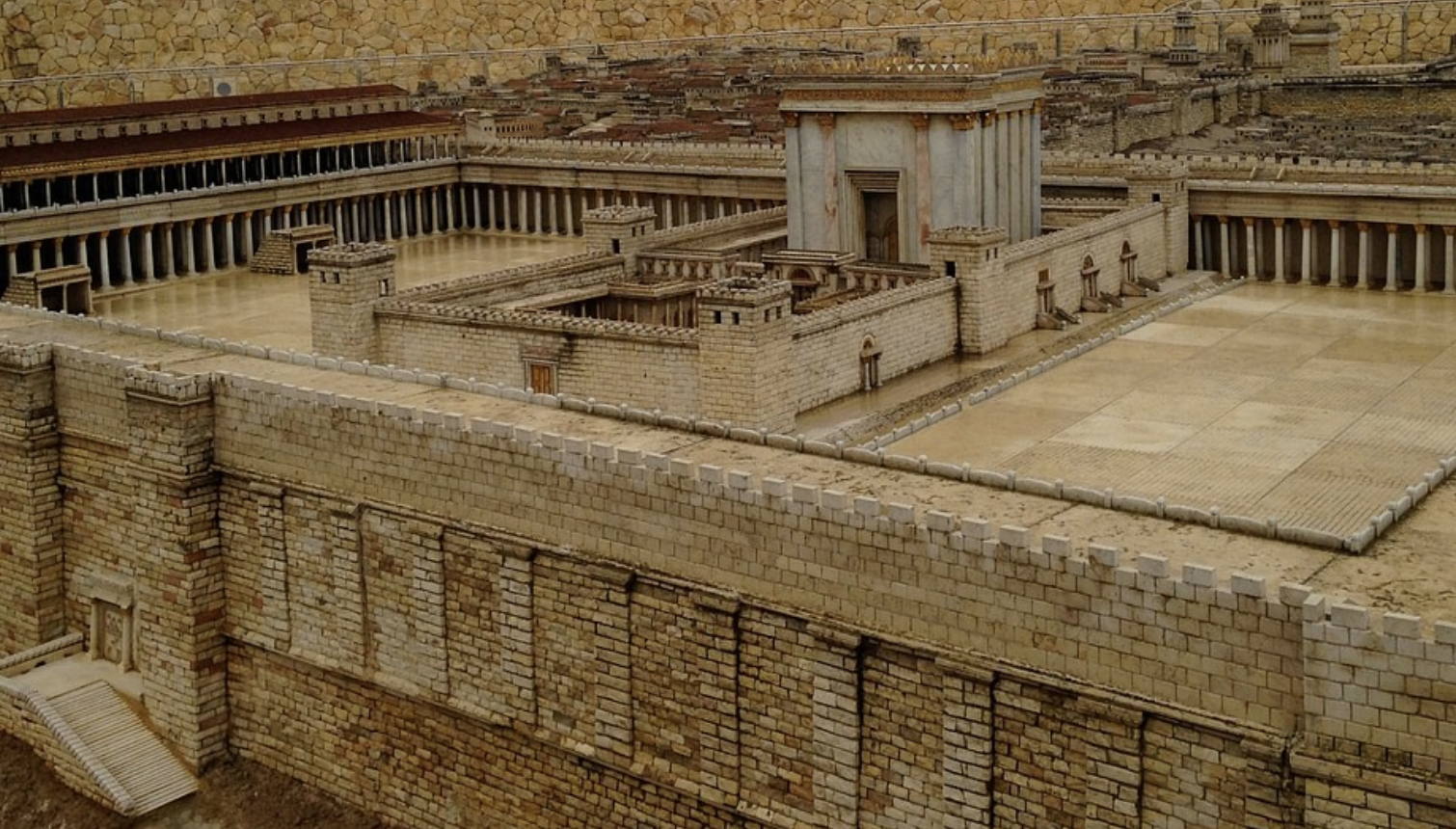Gary concludes his interview with Jonathan Sedlak about his new book, Reading Matthew, Trusting Jesus.
N.T. Wright explains what the disciples were actually asking in their question [in Matthew 24:3]:
They had come to Jerusalem expecting Jesus to be enthroned as the rightful king. This would necessarily involve Jesus taking over the authority that the temple symbolized. They were now confronted with the startling news that this taking over of authority would mean the demolition, literal and metaphorical, of the temple…. The disciples now “heard” his prophetic announcement of the destruction of the temple as the announcement, also, of his own vindication; in other words, of his own “coming” … to Jerusalem as the vindicated, rightful king. What the disciples had naturally wanted to know was, when would Jesus actually be installed as king?
The temple’s destruction would constitute Jesus’ vindication and be the sign of His assumption of full kingship.
The disciples recognized that they were living in “the present evil age.” They had just heard Jesus denounce the “best” leaders of that age. They saw Him, in Matthew, as a new Moses come to deal with Egypt; in Mark as a new David come to deal with Philistines and Edomites. So, when would He “appear” again, as He had on Palm Sunday, and really take over as King of kings? When would the people again acclaim Him, saying “Blessed is the One coming in the Lord’s Name”? When would be the consummation of the Old Age and the enthronement of Jesus?
They now knew that the old temple had to be torn down, but that was not really surprising to them. They knew that the tabernacle had been wrecked in the days of Samuel and the earlier temple torn down in the days of Ezekiel, Daniel, and Jeremiah. Thus, it was not really a surprise that a temple built by Herod and ruled by the Sadducees would be torn down. Jesus would then build another temple. But when, and how?
Jesus’ answer was that there would be a short period of time leading down to the destruction of Jerusalem, itself the core/center of the Old Creation. That event would be His vindication and the sign of His enthronement. Certain events preceding that event would signal to the disciples that Jesus’ vindication was shortly to occur.

Matthew 23-25: A Literary, Historical, and Theological Commentary
Those who first read Matthew’s gospel only would have had as an interpretive reference what we describe as the Old Testament. They were living the history that Jesus said would take place before their generation passed away. They would have immediately noted the Old Testament parallels with the abomination of desolation (Matt. 24:15; Dan. 9:27), the judgment on Sodom and fleeing to the mountains to escape the coming conflagration (Matt. 24:16; Gen. 19:17), false prophets (Matt. 24:24; Jer. 14:14), signs in the sun, moon, and stars (Matt. 24:29; Isa. 3:10; 24:33; Ezek. 32:7; Amos 5:2; 8:9; etc.), the Son of Man coming on the clouds of heaven (Matt. 24:30; Dan. 7:13), and so much more.
Buy NowGary concludes his interview with Jonathan Sedlak about his new book, Reading Matthew, Trusting Jesus. Sedlak’s study examines the rhetorical unity of Jesus’ answers in Matthew 24, showing that the discourse’s literary features exclude any delay or transition between periods of fulfillment.
Click here for today’s episode

